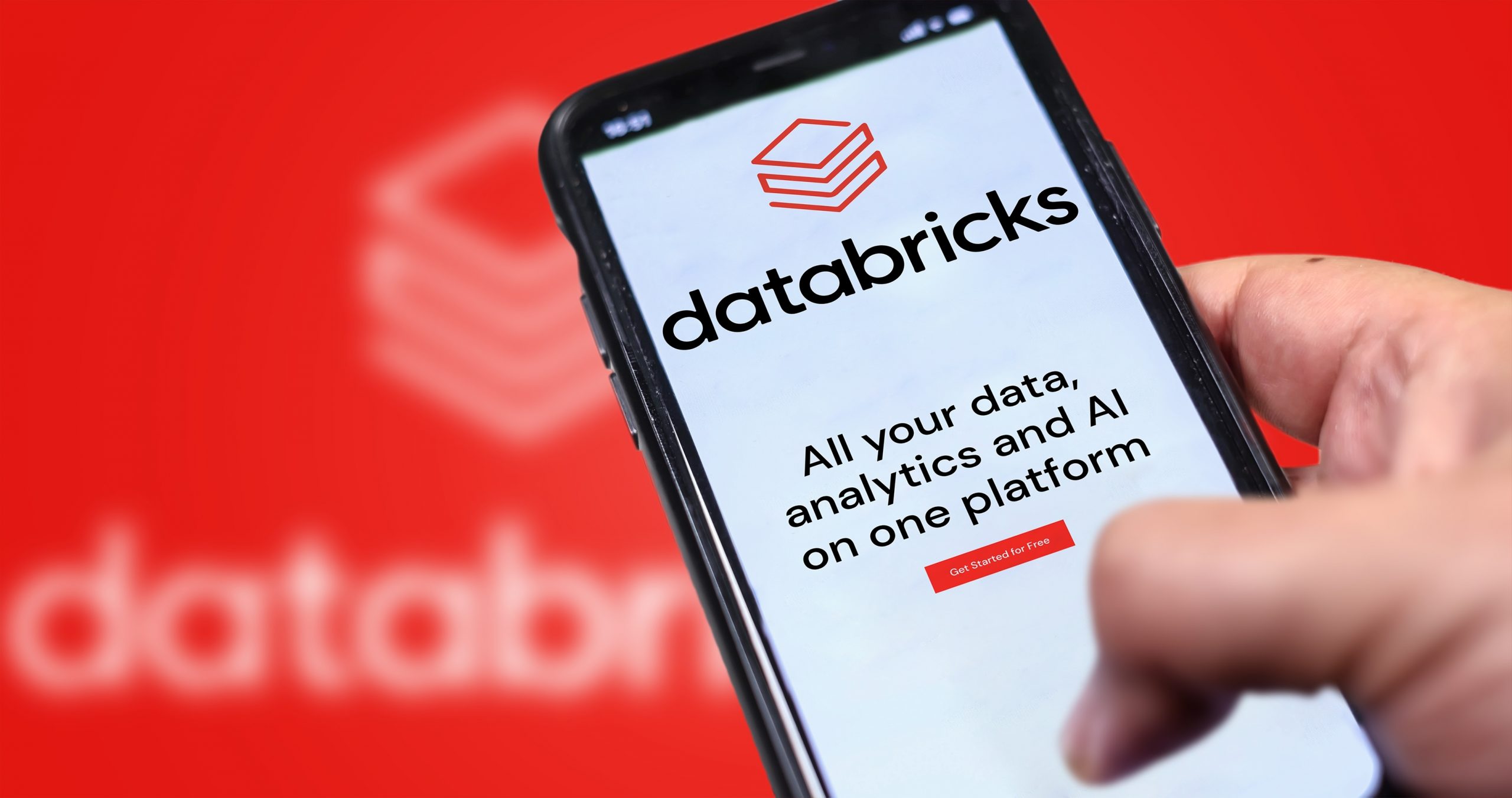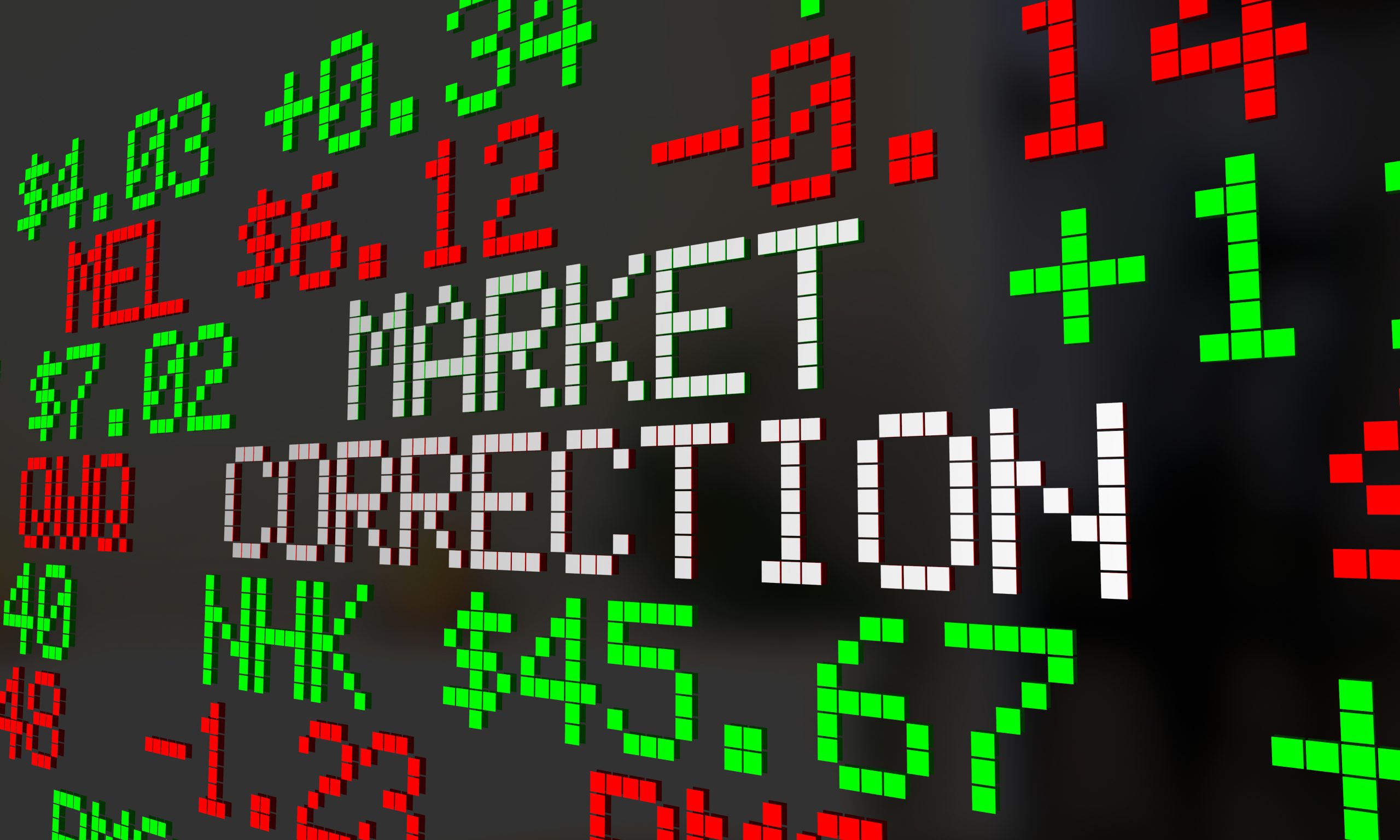Crypto Art? Yeah, That’s a Thing
An emerging market for digital art and memorabilia—referred to loosely as “crypto art”—could turn the traditional world of art upside down

Ones and zeros are taking their place alongside paints, canvasses and clay as the art world melds with cyberspace.
Christie’s is offering a digital work of art for the first time in an auction running Feb. 25 through March 11. It’s an NFT, or non-fungible token.
Unlike cryptocurrencies, NFTs are one-of-a-kind tokens, which is probably why they’ve been deemed unique pieces of art.
NFTs are encrypted with the artist’s signature and are individually identified on a blockchain that verifies the owner and authenticates the transaction, much like traditional provenance.
The blockchain aspect of NFTs is one reason this emerging niche is sometimes referred to as “crypto art.”
In the case of the Christie’s auction, a digital artist known as Beeple, or Mike Winkelmann, created the NFT. The work, titled Everydays – The First 5000 Days (2021), is a mash-up of pieces the artist created and published every day from May 2007 forward (see below).
Bidding on Everydays started at $100 and grew to $1 million within the first hour. As of March 3, the bid on Everydays had climbed to $3 million.
Notably, the auction at Christie’s doesn’t represent the beginning of the NFT or digital art trend. It’s more like a highlight of a recent frenzy of activity.
Another Beeple digital image sold for $6.6 million only days before the Christie’s auction started. That NFT, known as CROSSROADS, traded on the Nifty Gateway, an emerging online marketplace for digital art.
Indicating the extreme volatility in crypto art, CROSSROADS sold for “only” $66,666 in October.
But a digital piece of art known as a “CryptoPunk collectible” sold for more than $700,000 in late January. The piece is from an original set of nine “alien punks” that helped pioneer NFTs back in 2017. Many crypto-enthusiasts say these nine NFTs are regarded as the “holy grail” of collecting.
That’s where the tale of NFTs becomes interesting. The medium combines the worlds of digital art and digital collectibles. Similar to the way a traditional collector might own an Andy Warhol painting and a Babe Ruth baseball card, a modern crypto art collector might own a Beeple NFT and a CryptoPunk NFT.
The surging strength of the collectible NFT market was confirmed several weeks ago when a famous internet image known as “Nyan Cat” was tokenized and sold for roughly $600,000. The Nyan Cat meme was first uploaded to the internet in April 2011 and features a cat with a pop tart torso that hurtles through space, leaving a rainbow in its wake.
The creator of the Nyan Cat, Chris Torres, received the funds from the auction. The platform for that auction was Foundation, which was launched early this year. Like Nifty Gateway, Foundation is an online portal where digital artists can auction or trade their creations.
Even the National Basketball Association has joined the NFT trend by launching the “Top Shot” NFT collection in October. Top Shot offers blockchain-based basketball collectibles and has been one of the hottest corners of the NFT market since its inception, as shown below.
Note that most NFT transactions are conducted using cryptocurrencies, and that crypto wallets are usually required to conduct business on NFT portals.
Because the Internal Revenue Service categorizes cryptocurrencies as “property,” these transactions are akin to asset swaps, as opposed to a traditional “purchase” with a ubiquitous global currency.
Given the cutting-edge nature of NFTs, the rapid pace of change could steer this early-stage market in a variety of unpredictable directions. And with NFTs entering the mainstream at Christie’s, it’s a niche that investors and traders might want to keep an eye on—especially those with a strong interest in cryptocurrency markets.
Certainly, the value exchanged for NFTs has caught the attention of traditional art and memorabilia collectors.
To learn more about trading cryptocurrencies, readers can tune into a new episode of Tasty Extras on the tastytrade network.
Through April 1, subscribe to Luckbox in print and get a FREE Luckbox T-shirt! See SUBSCRIBE or UPGRADE TO PRINT (upper right) for more info.
Sage Anderson is a pseudonym. He’s an experienced trader of equity derivatives and has managed volatility-based portfolios as a former prop trading firm employee. He’s not an employee of Luckbox, tastytrade or any affiliated companies. Readers can direct questions about this blog or other trading-related subjects, to support@luckboxmagazine.com.



















